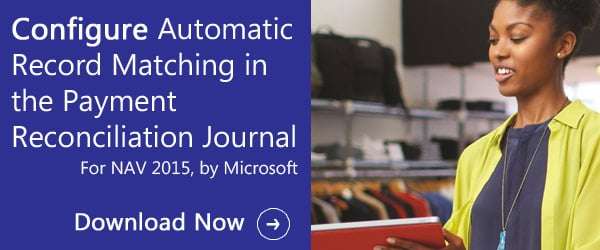ERP in Microsoft Windows 10 is Packed with New Features
The first public preview of Windows 10, also known as Windows Technical Preview, was launched on Oct, 1. From the onset, it’s clear Windows 10 is built to appease users of Windows 8 and 8.1 that were not pleased with the touch-oriented interface.
The operating system powering Windows 10 is known as Windows Threshold.
Where is Windows 9?
Perhaps you may be wondering how you missed the release of Windows 9. Well, there is no Windows 9.
According to Mary Jo Foley, a Microsoft tech writer with ZDnet, Microsoft opted to call the new Windows "10" instead of "9" to signify it will be a big and cross-platform release. This seems to have been achieved as the Windows runs on PCs, tablets, and Windows Phones. The version is even expected on the Xbox sometime in future.
The user interface of Windows 10 is tailored for each type of device. Like is expected, there are still some rough spots on the Windows but the preview points to a robust software.
Windows 10 and ERP
The impact of Windows 10 to ERP software is yet to be seen. However, with the initial looks, organizations that opt to use Windows 10 will be able to use their ERP systems across different devices. Some of possible impacts of Windows 10 on ERP include:
- Employee Satisfaction
With Windows 10 running on a variety of devices, employees in organizations with Bring Your Own Device (BYOD) policies will experience more satisfaction. This is because the employees will be able to use various ERP systems using the devices they have chosen and invested in rather than what has been selected by IT.
According to a study commissioned by NG Bailey, 87 percent of workers in organizations with no BYOD policy were unhappy.
- Increased Productivity and Innovation
While cloud ERP is still gaining ground among organizations, Windows 10 will make it easier for users to access ERP functions from different devices. This means improved productivity and innovation for organizations. Employees are more comfortable with personal devices and become experts at using them, which makes them more productive.
Moreover, personal devices tend to be more cutting-edge. Employees using personal devices upgrade to the latest hardware more frequently. By having a BYOD policy, organizations will benefit from the latest features. Still, it remains to be seen how stable Windows 10 will be on devices like tablets and phones.
- Cost Savings
BYOD can help organizations save by shifting costs to users. For example, employees may be paying for data services and mobile devices. However, such savings are usually not significant and thus should not be among the key considerations to make for organizations looking to switch to Windows 10 for BYOD purposes.
Windows 10 Interface
If you prefer using your PC with a keyboard and mouse, you will be happy to know that the Start menu is back. You can however still keep the full-screen Start screen of Windows 8 and 8.1 if you want.
On the Start menu, you can pin Live Tiles in multiple sizes on the right. On the left, a list of familiar applications and those recently accessed is available. There is also a jump list for files and the familiar search box in Windows that you can use to run commands such as opening your ERP.
Other interesting features in Windows 10 include:
- Ability to upgrade PCs using management tools
- Ability to manage PCs through the same Mobile Device Management system you use for your tablets and smartphones
- Separation of business and personal data using encrypted containers
- An enterprise app store where you can manage licenses for modern apps instead of having employees sign into work PCs with their personal Microsoft accounts.
Windows 10 allows users to have multiple virtual desktops. This feature enables easy access of different application windows for users running multiple programs.
The Verdict
Windows 10 is all about balancing the demands of different users. Users with desktop PCs with keyboards and those using tablets, laptops, and giant screens have been taken care of in Windows 10.
Coming to ERPs, Windows 10 makes IT teams comfortable with the BYOD features introduced in Windows 8, and provides more management and security options.
 What’s New for ERP in Microsoft Windows 10?">
What’s New for ERP in Microsoft Windows 10?">

